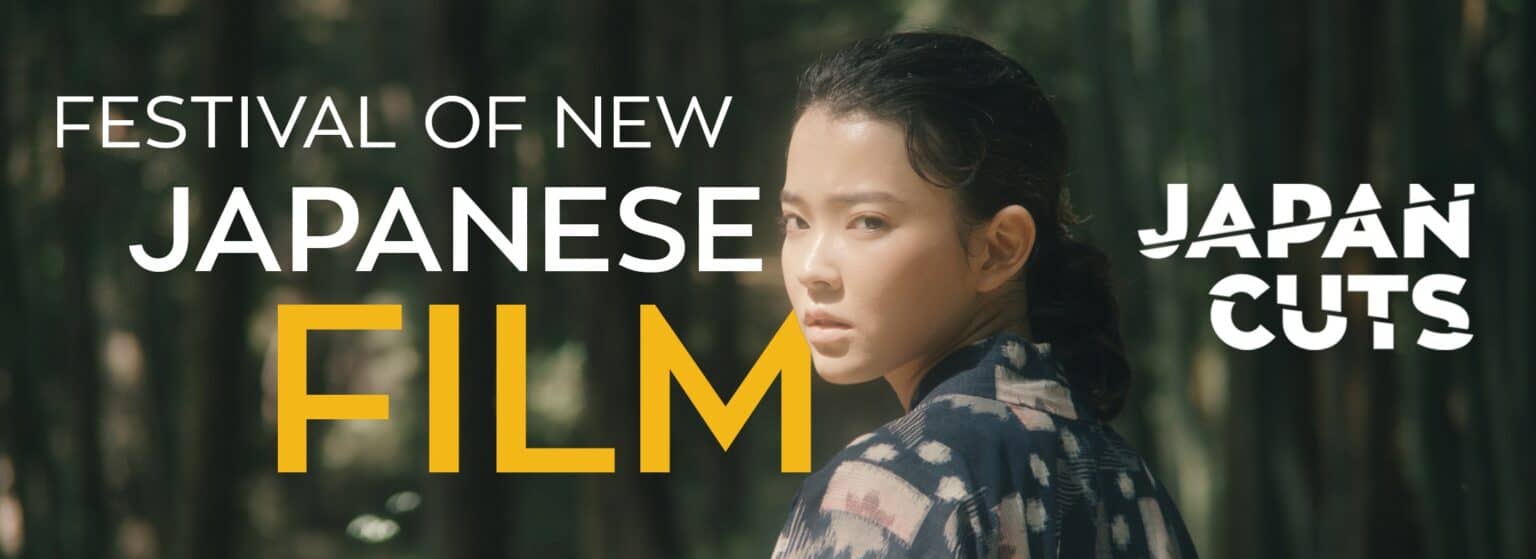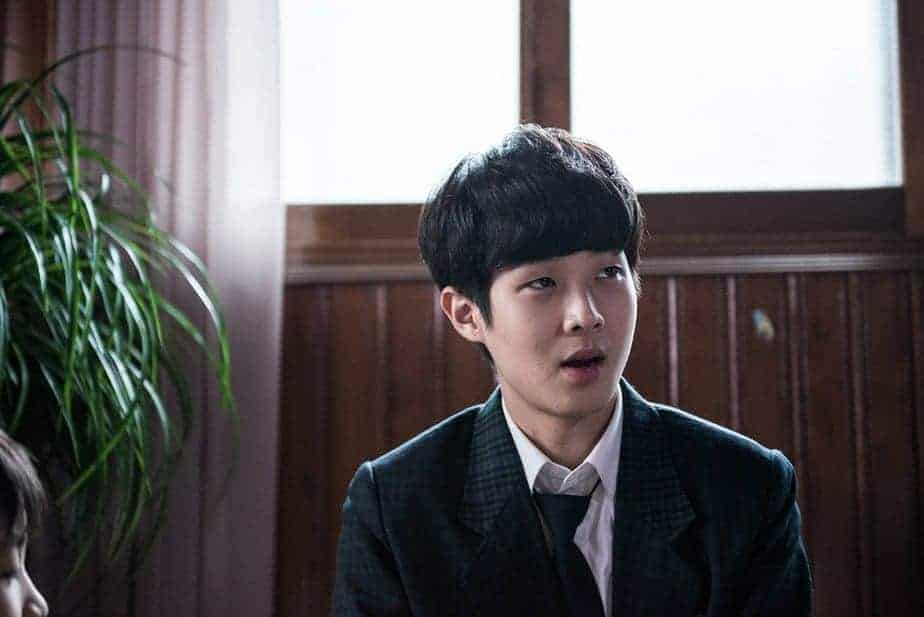“Under The Turquoise Sky” brings together cast and crew from Mongolia and Japan, in a movie that unfolds like an occasionally surreal road film.
“Under The Turquoise Sky” is screening at Japan Cuts

Takeshi is the spoiled grandson of Saburo, a Japanese mogul who is disappointed by his behavior, since the young man spends all his time on drinks and women. Amra is a Mongolian man who is caught trying to steal a horse that belongs to Saburo. Instead of punishment, however, the latter arranges for him to take his grandson to Mongolia in order to find a woman she was romantically involved with during his time in the Japanese army. Gradually, through the interaction with Amra and the experiences he stumbles upon while in Mongolia, Takeshi begins to change.
Allow me to start with the most obvious aspect here. The script by KENTARO and Amarsaikhan Baljinnyam, who also stars here, is a romanticized cliche that does not make particularly sense when looked upon under the prism of logic. Nevertheless, if one were to take “Under the Turquoise Sky” as a fairy tale that also aims to highlight the beauties and culture of Mongolia, then it totally works.
In that regard, the most impressive aspect of the movie is its cinematography, with Ivan Kovac presenting a series of astonishing images of the Mongolian steppe, with the long shots in particular being a wonder to look at. The same applies to when the “action” takes place inside yurts and the past arc, while the presentation of local music and its performers follows documentary paths, which are, though, equally impressive. Also of note here are the ‘white screens' showing Saburo and eventually Takeshi in their offices with a blank background, which add a very appealing stylistic element to the rural-ness of the whole production. This approach also extends to the sequence showing a vertical image of the offices and the people walking in them, in a scene that definitely reminds of Jacques Tati style (the movie is actually, a Japanese, Mongolian, French, Australian and Chilean co-production). Furthermore, the overall work in the coloring of the movie (sepia for the past, intense reds on occasion etc) is also of the highest quality.
Apart from the above, and as usually in road movies, the narrative follows an episodic approach, interspersed with a bit of humor (in the way Amra tricks and laughs with ‘dandee' Takeshi), a bit of danger, in the car fight, a bit of drama and agony, in the birth scene, and a bit of surrealism, in the two dream sequences that are probably the most impressive ones in the movie. In that fashion, the editing by Bertrand Boutillier and Manuel De Sousa emerges as another great aspect of the production, equally for the way the episodes are connected, the relatively fast pace suits the narrative, and for not overextending the welcome of the film beyond the economic 95 minutes.
Furthermore, the number of episodes somewhat justify Takeshi's transformation, which is exhibited though, in excellent fashion by Yuya Yagira, who highlights how out of his depth he is in the most entertaining fashion. Amarsaikhan Baljinnyam is both stiff, cunning, and dangerously playful, with his antithesis with Takeshi working excellently here. Lastly, Akaji Maro's Saburo is as rewarding to watch as ever, with his presence cementing an overall worthy cast.
“Under the Turquoise Sky” may be more artful than logical, but as a whole, it definitely makes sense, in a movie that is truly pleasurable to watch.















